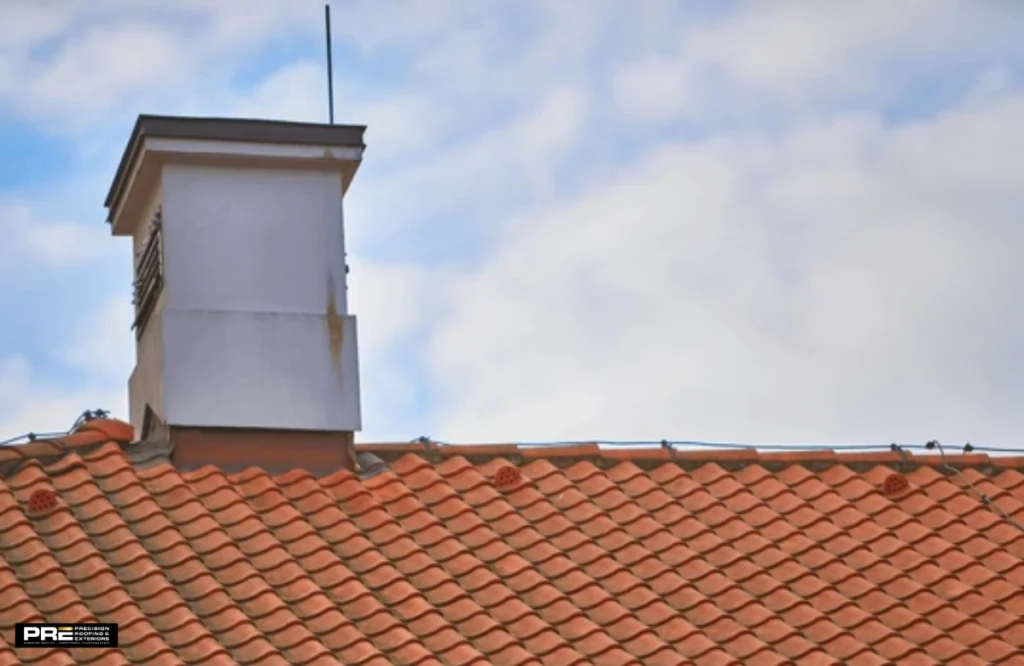When people talk about a “regular” roof, they’re usually referring to the standard roofing material found on most homes – often fiberglass or organic-based shingles. These are affordable, easy to install, and widely used across neighborhoods. On average, this type of roof lasts 20 to 30 years. But that number isn’t set in stone.
Several key factors influence whether your roof reaches its full lifespan or falls short. Installation quality, ventilation, climate, drainage, physical impact, and general maintenance shape how well your roof holds up over time. Understanding these variables helps you plan and know when a replacement might be due.
How Long Does a Regular Roof Typically Last?
A well-installed, properly maintained, regular roof typically lasts around 20 to 30 years. While that number can vary slightly by region or build, most standard shingle roofs fall within this range.
They’re built to handle sun, rain, and moderate weather for decades before needing full replacement. If the structure underneath remains solid and there’s no major storm damage along the way, these roofs can continue to perform well for many years with routine upkeep.
Factors Affecting the Lifespan of a Regular Roof
Let’s look at what determines how long your roofing system will last.
1. Quality of Materials
The lifespan of a roof starts with the materials you choose. Standard shingles come in different grades, from basic three-tab options to architectural or impact-rated versions. Lower-grade products tend to wear out faster due to thinner construction and less protective granule coverage.
On the other hand, premium shingles offer stronger resistance against UV rays, wind, and temperature shifts. Some even include additives or built-in moisture barriers that help preserve the roof’s surface. Investing in better materials upfront might cost more, but it can add five to ten extra years of performance, especially in climates with harsher conditions.
2. Installation Workmanship
A solid product won’t hold up if the installation isn’t done right. Roof systems are layered structures, and even a single gap or poorly nailed shingle can cause trouble over time. Incorrect fastener spacing, exposed nails, unsealed flashing, or uneven underlayment can let moisture creep in and create structural damage.
Proper starter strips, edge metal, and ventilation pathways all need to be in place. That’s why skilled labor is just as important as the material itself. A well-installed roof should look seamless and be able to shed water effectively from day one.
3. Ventilation and Attic Conditions
Roof health isn’t only about what’s happening above the shingles; what’s underneath matters too. Poor ventilation in your attic causes heat and humidity to get trapped under the roof deck.
Over time, this can dry out the shingle base, weaken adhesives, and promote mold or mildew inside the structure. Without proper airflow, the roof “bakes” from below, shortening its expected lifespan.
A balanced system includes ridge vents, soffit vents, and insulation that work together to stabilize attic temperatures, especially during hot summers or snowy winters.
4. Weather and Climate
The local climate has a direct impact on how fast roofing materials age. Prolonged sun exposure can make shingles brittle, while heavy rain can wear down protective granules and cause water to seep into cracks.
In colder areas, freeze-thaw cycles put stress on the shingle layers as they expand and contract, eventually causing cracking or buckling. High-wind regions bring their own challenges, often lifting or removing shingles altogether if the fastening system isn’t strong enough. That’s why roofs in extreme or fluctuating climates tend to show signs of aging faster unless they’re built to handle those conditions.
5. Drainage and Roof Design
A good drainage plan helps a roof shed water quickly, but not all homes are built with this in mind. If your roof has a shallow pitch or complex valley systems, water can easily back up during storms.
Clogged gutters, sagging sections, or poorly angled downspouts make it worse, holding moisture against the shingles and flashing. This constant exposure wears out materials faster and may cause leaks along joints or seams. A well-designed roof ensures water flows off cleanly, with slopes, valleys, gutters, and flashing all working together to avoid water buildup.
6. Physical Damage and Debris
Damage doesn’t always come from age; sometimes, what lands on your roof causes problems. Branches brushing against the surface can wear away granules.
Large limbs or debris from storms may crack or dislodge shingles altogether. Even small impacts, like foot traffic from satellite dish installers or HVAC servicing, can weaken parts of the roof over time.
Debris buildup in valleys or gutters adds to the problem by trapping moisture or redirecting water into places it shouldn’t go. Regular inspections and trimming nearby trees help reduce these physical stressors and preserve the roof’s condition.
Conclusion
A regular shingle roof can easily last 20 to 30 years with the right care, but its true lifespan depends on more than just the materials.
Factors like installation quality, attic airflow, weather conditions, drainage, physical impact, and consistent maintenance all influence how well your roof performs over time. Paying attention to these details helps avoid surprises and extends the life of your investment.
For expert installation and inspection services that keep your roof strong for decades, connect with the expert roofing contractors at Precision Roofing because we can handle all types of roofs with care and precision.

